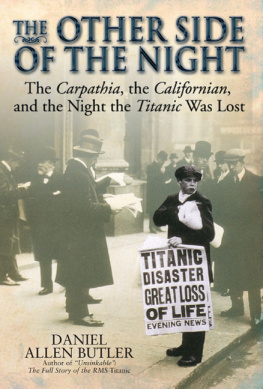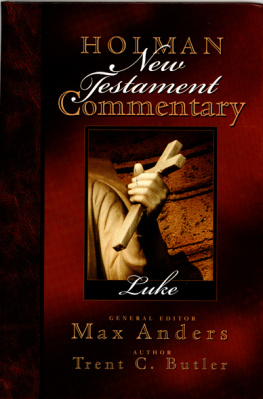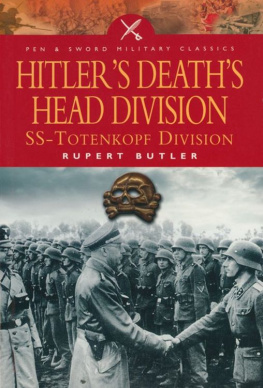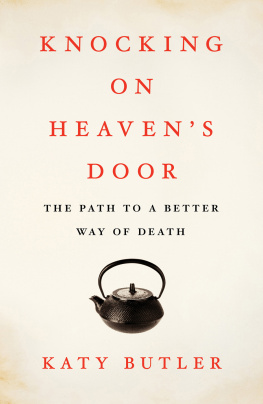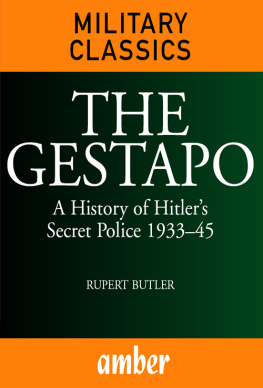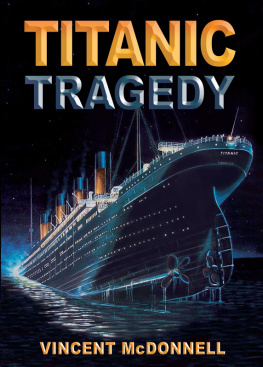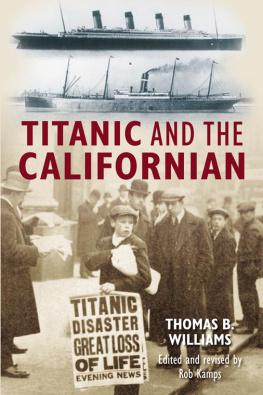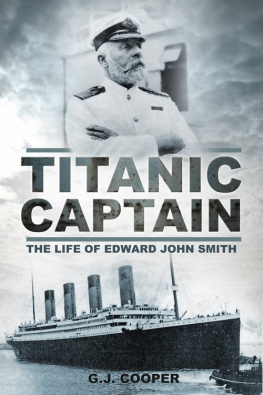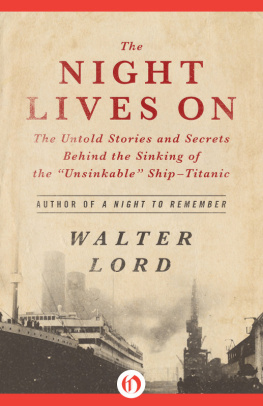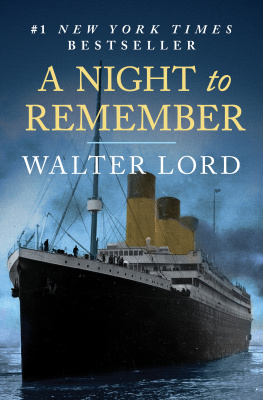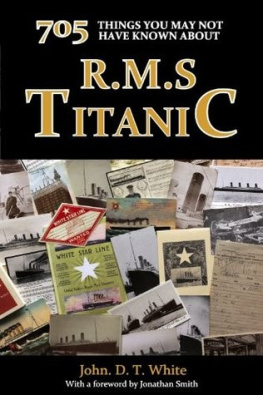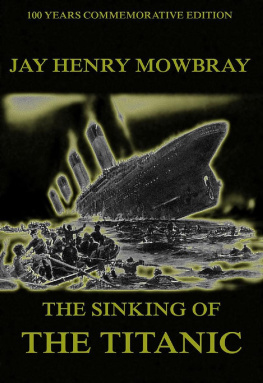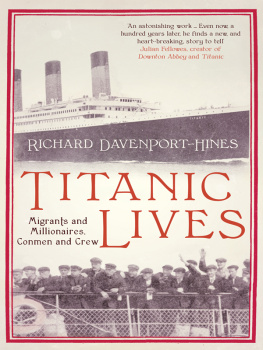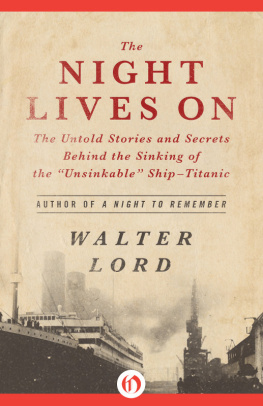Distant Victory: The Battle of Jutland and the Allied Triumph in the First World War
Cataloging-in-publication data is available from the Library of Congress and the British Library.
All rights reserved. No part of this book may be reproduced or transmitted in any form or by any means, electronic or mechanical including photocopying, recording or by any information storage and retrieval system, without permission from the Publisher in writing.
Printed and bound in the United States of America.
Prologue
FOR THOSE IN PERIL ON THE SEA
Eternal Father, strong to save,
Whose arm hath bound the restless wave,
Who biddest the mighty ocean deep
Its own appointed limits keep;
Oh, hear us when we cry to Thee,
For those in peril on the sea!
O Christ! Whose voice the waters heard
And hushed their raging at Thy Word,
Who walked on the foaming deep,
And calm amidst its rage didst sleep;
Oh, hear us when we cry to Thee,
For those in peril on the sea!
Most Holy Spirit! Who didst brood
Upon the chaos dark and rude,
And bid its angry tumult cease,
And give, for wild confusion, peace;
Oh, hear us when we cry to Thee,
For those in peril on the sea!
O Trinity of love and power!
Our family shield in dangers hour;
From rock and tempest, fire and foe,
Protect us wheresoever we go;
Thus evermore shall rise to Thee
Glad hymns of praise from land and sea.
Eternal Father, Strong to Save
written by William Whiting, 1860
And those who have survived will now quietly begin to forget the dead: they wont remember who was who or which was which. It is all over.
Jean Anouilh, Antigone (1946)
Who died? Who did the murder? Tell us now.
Sophocles, Antigone (500 BC)
Chapter 1
THE CRUELEST OCEAN
At the dawn of the Age of Exploration, as the darkness of the Middle Ages began to recede, the most important sea route in the world was the one that began in the waters surrounding western Europe, ran south down the coast of Africa to round the Cape of Good Hope, and gave out into the broad expanse of the Indian Ocean. It was this route that allowed Portuguese and Dutch traders, using navigational secrets that they jealously guarded from the eyes of their Spanish and English competitors, to bring the flavors and textures of the mysterious and exotic Far East to a cold and drab European continent: spices, silks, ivory, jade, jewels, fruit trees, and tea.
But though the trade route to the East would remain a source of immense wealth for another three hundred years, once Christopher Columbus stumbled upon the New World in 1492 it slowly began to give pride of place to another passage. In the decades that followed Columbus voyages, the Spanish and Portuguese began to systematically plunder the cultures and empires of Central and South America, and for the next two centuries a steady procession of galleons passed back and forth between Europe and the Americas. Those sailing east were laden with treasure, while those sailing west were filled with explorers, missionaries, adventurers, and eventually settlers. Full-bellied, with steep-sided hulls and high forecastles and poopdecks, these ships were slow, cumbersome, and at best only indifferent sailers, often vulnerable to the ferocious storms that ripped up and down the American coasts. Nevertheless, the sheer volume of booty they carried back to Lisbon and Cadiz caused the westward passages across the Atlantic to usurp the primacy of the route around the southern tip of Africa, which fell into an eclipse from which it would never escape, as the fortunes made in trading spices in India were soon surpassed by the fortunes gathered from the looted treasures of the Incas, Mayas, Toltecs, and Aztecs.
In the 17th and 18th centuries, as the Spanish and Portuguese empires began their decline and the number of galleons sailing across the Atlantic diminished in proportion, their place being taken primarily by British ships. These were called East Indiamenthey were stout, bluff, and highly seaworthyand they carried a commerce in trade goods rather than plunder between the Old World and the New. As the beginning of the 19th century approached, the jewel in the maritime crown of shipping lanes was the route that spanned the Atlantic from Great Britain to North America.
What made it so valuable was the simple fact that Britains economy was the fastest-growing in the world, while Canada and the American colonies were its largest markets. Britain supplied most of North Americas demands for industry as well as meeting its requirements for precision manufactures, along with specialized materials and luxuries that were as yet beyond the Americans and Canadians ability to produce. Russian oak from the Baltic states, British railroad rolling stock, Austrian crystal, German optics, French wines and fabrics, Irish laces, all were carried to the United States in British ships. On their return crossings, those same ships would have cargo holds full of raw cotton from the American South, Canadian and American ores, pine and fir from the Pacific Northwest and Canada, and countless tons of grain. As more sophisticated and diverse commerce developed, ships began to be more specialized, their size, hull forms, and sail plans adapted to specific roles, be they carrying cotton or tobacco, tea or coffee beans, passengers to Europe or immigrants to the United Statesor, given over to darker tasks, rum-running and slaving.
Yet no matter what form of trade or commerce a ship might be undertaking as it made its way across the Atlantic, it was never an easy or safe passage. In particular, the North Atlantic soon came to be regarded as the cruelest ocean. Capricious and chimerical, the North Atlantic could transform herself from a vista of gently rolling swells passing beneath an azure sky to a maelstrom of towering waves driven by howling winds under glowering leaden clouds, and then to a smooth, tranquil calm under impossibly bright stars, all in a matter of hours. Her tricks were many, her weapons legion: the North Atlantic could conjure up impenetrable fog to confuse and bewilder helmsmen, driving rain that blinded helm and lookout alike, wind-driven sleet that could abrade the paint from a ships hull or tear a topman from the rigging, hurricane-force winds, seas sixtyeightya hundred feet highand always at her disposal she had one of her most subtle devices: ice.

